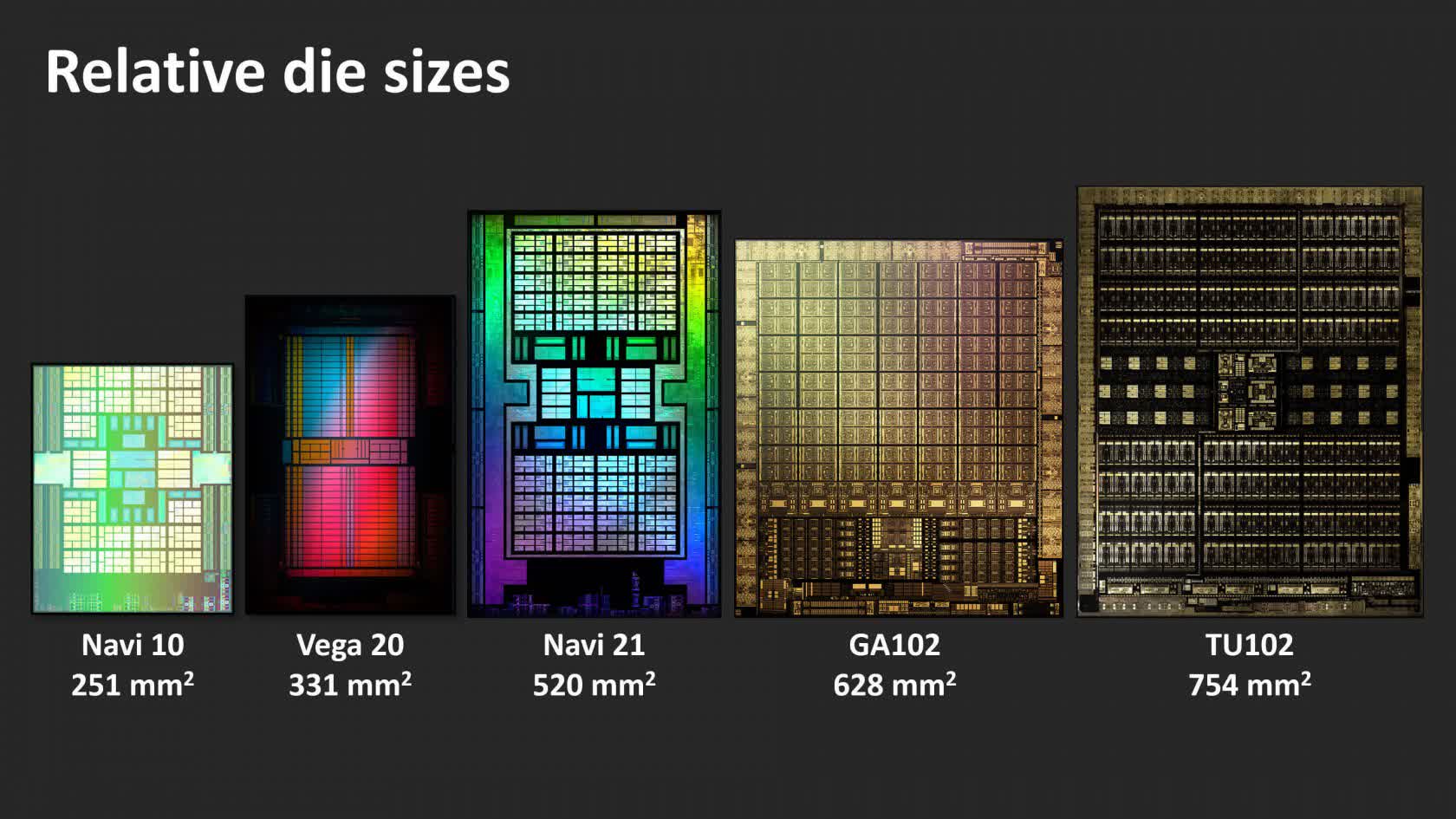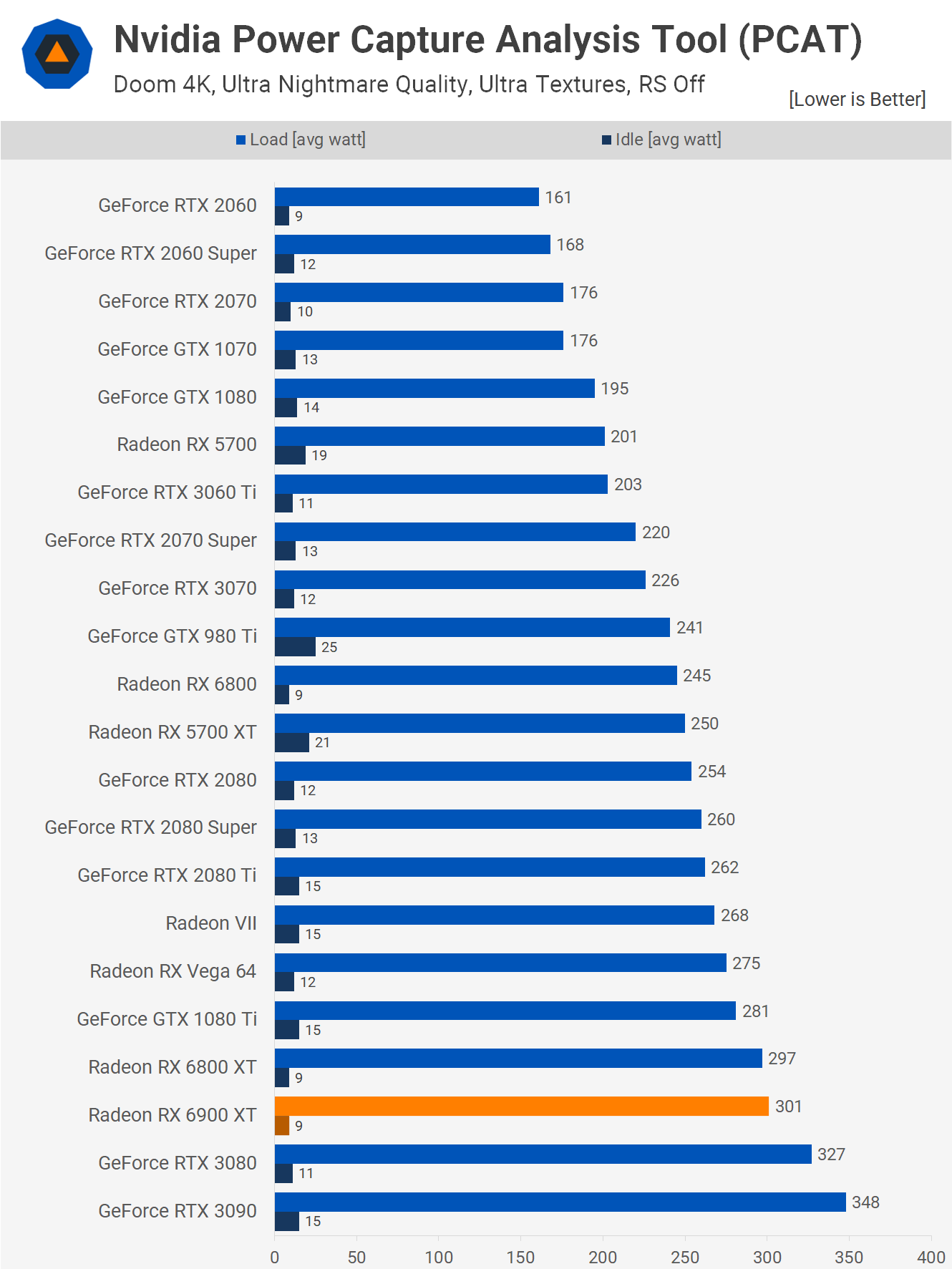For GPU enthusiasts, it's been a long two year wait. But now that Nvidia's Ampere RTX 3000 GPUs are out, as are AMD's Radeon RX 6000 series, it's time to take a deep look at how these chips work. Is one of them fundamentally better than the other?
https://www.techspot.com/article/2151-nvidia-ampere-vs-amd-rdna2/


